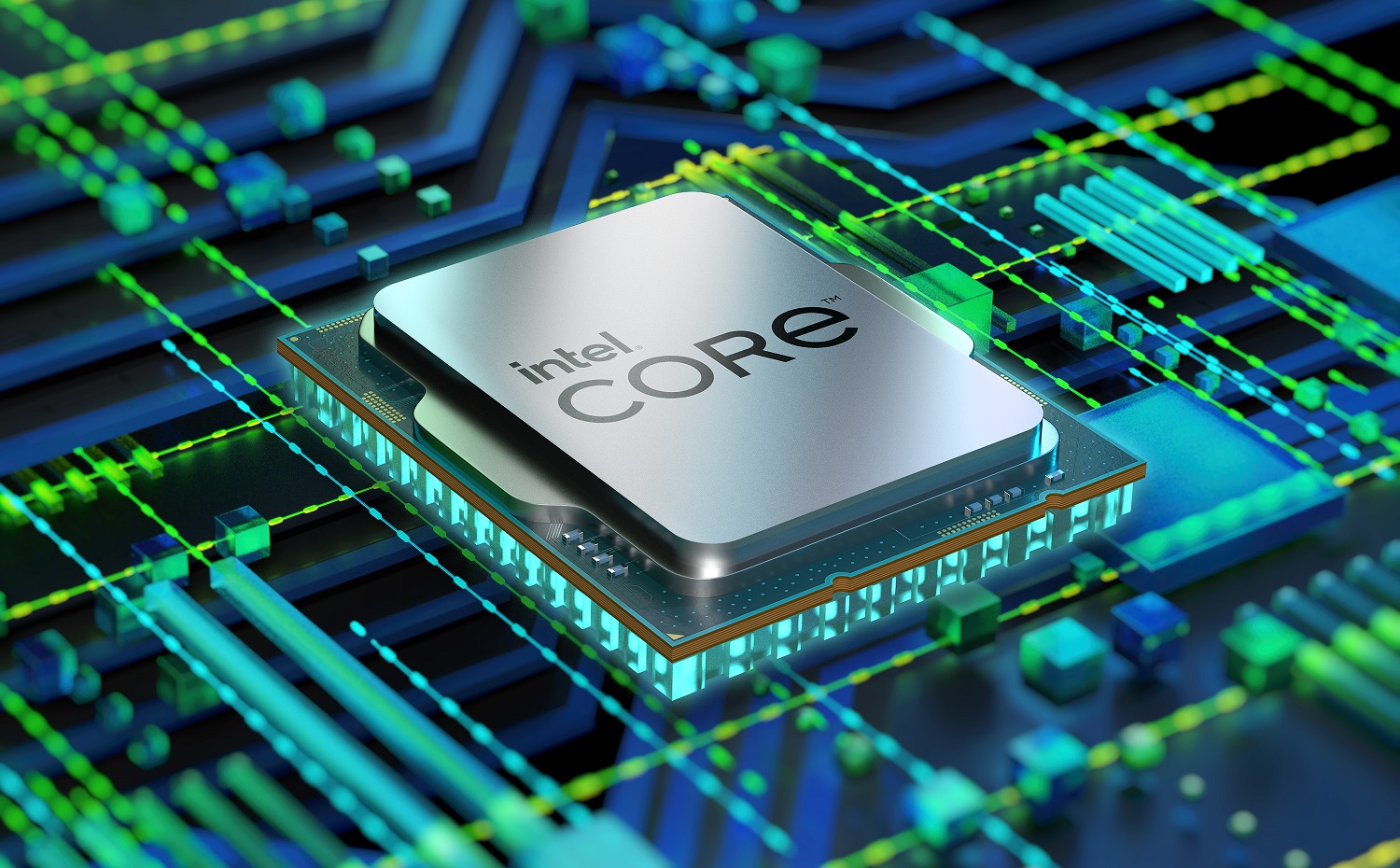More than 50 billion extremely tiny transistors, each 10,000 times thinner than a human hair, are installed on some Intel wafers. They are produced in enormous, immaculate industrial rooms with floors that can reach seven stories high and span four football fields.
In many ways, microchips represent the backbone of the contemporary economy. They supply energy to several other technologies, including cars, appliances, laptops, and smartphones. But since the epidemic, which also created supply-chain interruptions, there has been an increase in demand for them around the world, leading to a shortage.
What Intel Wafer Chips
In the late 1950s, chips, or integrated circuits, started to take the place of large individual transistors. On a silicon chip, many of those tiny parts are manufactured and connected to function as a whole. The resulting chips are used to store data, amplify radio signals, and carry out other tasks. Intel is renowned for their microprocessor variant, which carries out the majority of a computer’s computational tasks.
Transistors in Intel’s microprocessors have shrunk to mind-boggling proportions. However, the competitor Taiwan Semiconductor Manufacturing Company can produce even smaller parts, which is a major factor in Apple’s decision to use it to produce the circuits for its most recent iPhones.
How Tiny Intel Wafer Chips are Made
Each year, technology advances because chip makers are fitting more and more transistors onto each piece of silicon. Additionally, it explains why fewer businesses can afford to develop new semiconductor facilities because they cost billions to construct.
The intricate manufacturing processes required to create chips from plate-sized silicon wafers need a lot of investment from businesses, which is why the factories are known as “fabs.”
Huge machines map chip designs onto each wafer, depositing and removing layers of material to make the transistors and connect them. In special pods on automated overhead tracks, up to 25 wafers can be transported between those systems at once.
A wafer must go through thousands of processes and can take two months to process. TSMC, which runs “gigafabs,” or factories with four or more production lines, has been setting the pace for output in recent years. Each location has a processing capacity of more than 100,000 wafers each month, according to Dan Hutcheson, vice chair of the industry research firm TechInsights. He estimates that each of Intel’s two $10 billion plants in Arizona can produce about 40,000 wafers per month.
How Tiny Intel Wafer Chips are Packed
The wafer is divided into separate chips after processing. To link them to circuit boards or other system components, these are examined and then packaged in plastic.
Because it’s more challenging to make transistors even smaller, that step has emerged as a new front in the conflict. Companies are now connecting chips to act as a single piece of silicon by stacking them or placing them side by side in a box.
Whereas it is already commonplace to package a few chips together, Intel has created a cutting-edge device that use new technology to bundle an amazing 47 different chips, some built by TSMC and other businesses as well as others made in Intel fabs.
